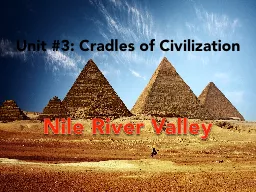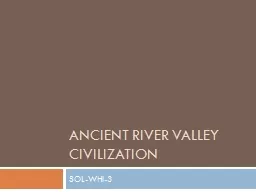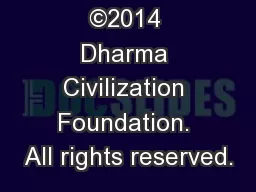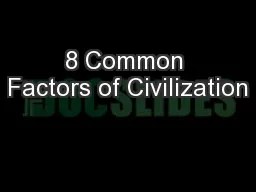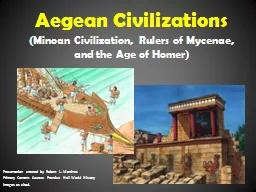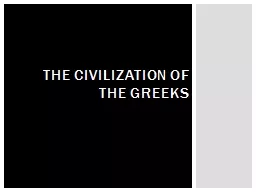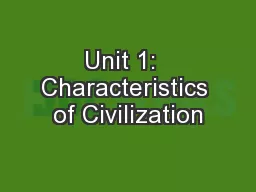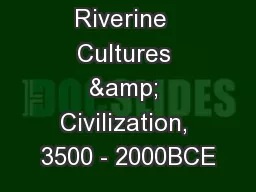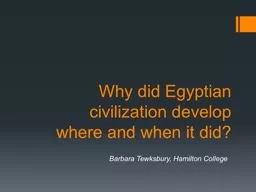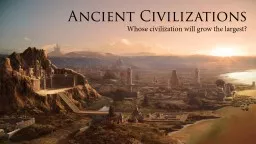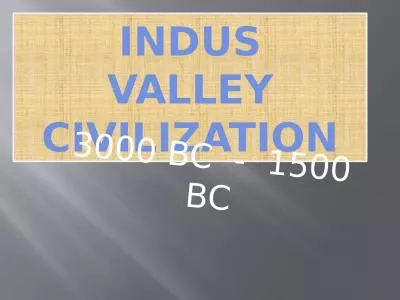PPT-Unit #3: Cradles of Civilization
Author : trish-goza | Published Date : 2016-03-11
Nile River Valley The geography of the Nile River Valley greatly contributed to political development The Nile River has 6 cataracts massive waterfalls Ancient
Presentation Embed Code
Download Presentation
Download Presentation The PPT/PDF document "Unit #3: Cradles of Civilization" is the property of its rightful owner. Permission is granted to download and print the materials on this website for personal, non-commercial use only, and to display it on your personal computer provided you do not modify the materials and that you retain all copyright notices contained in the materials. By downloading content from our website, you accept the terms of this agreement.
Unit #3: Cradles of Civilization: Transcript
Download Rules Of Document
"Unit #3: Cradles of Civilization"The content belongs to its owner. You may download and print it for personal use, without modification, and keep all copyright notices. By downloading, you agree to these terms.
Related Documents

